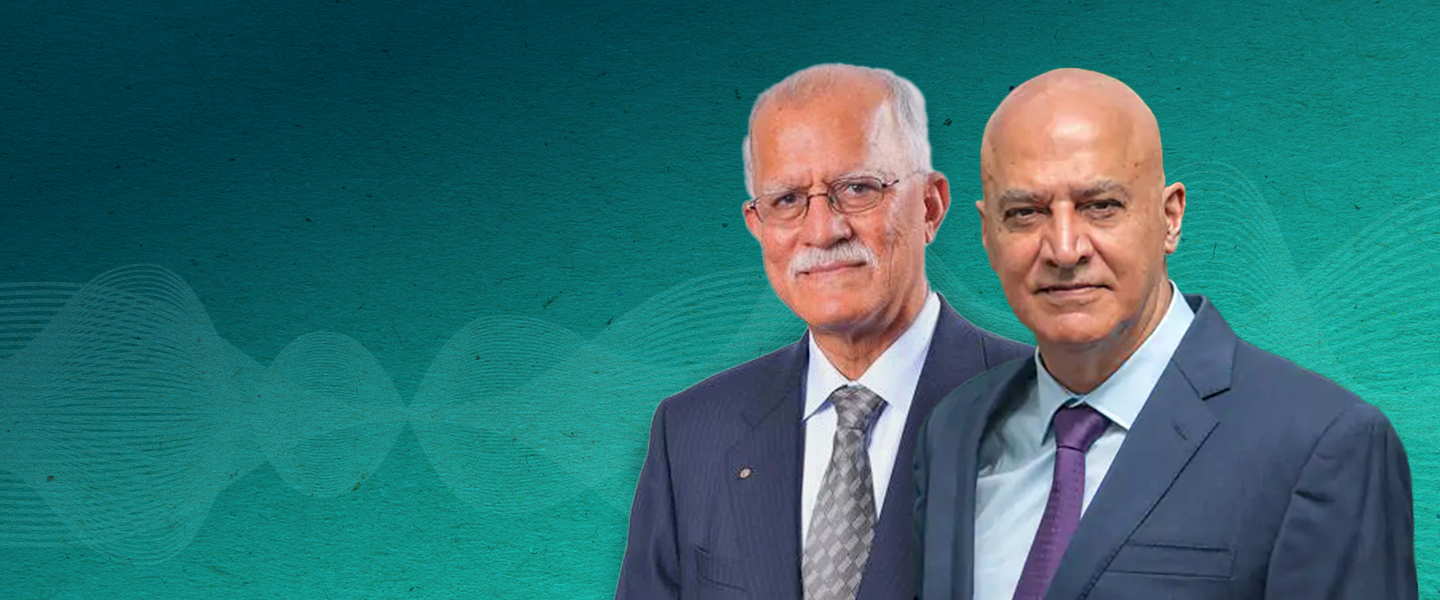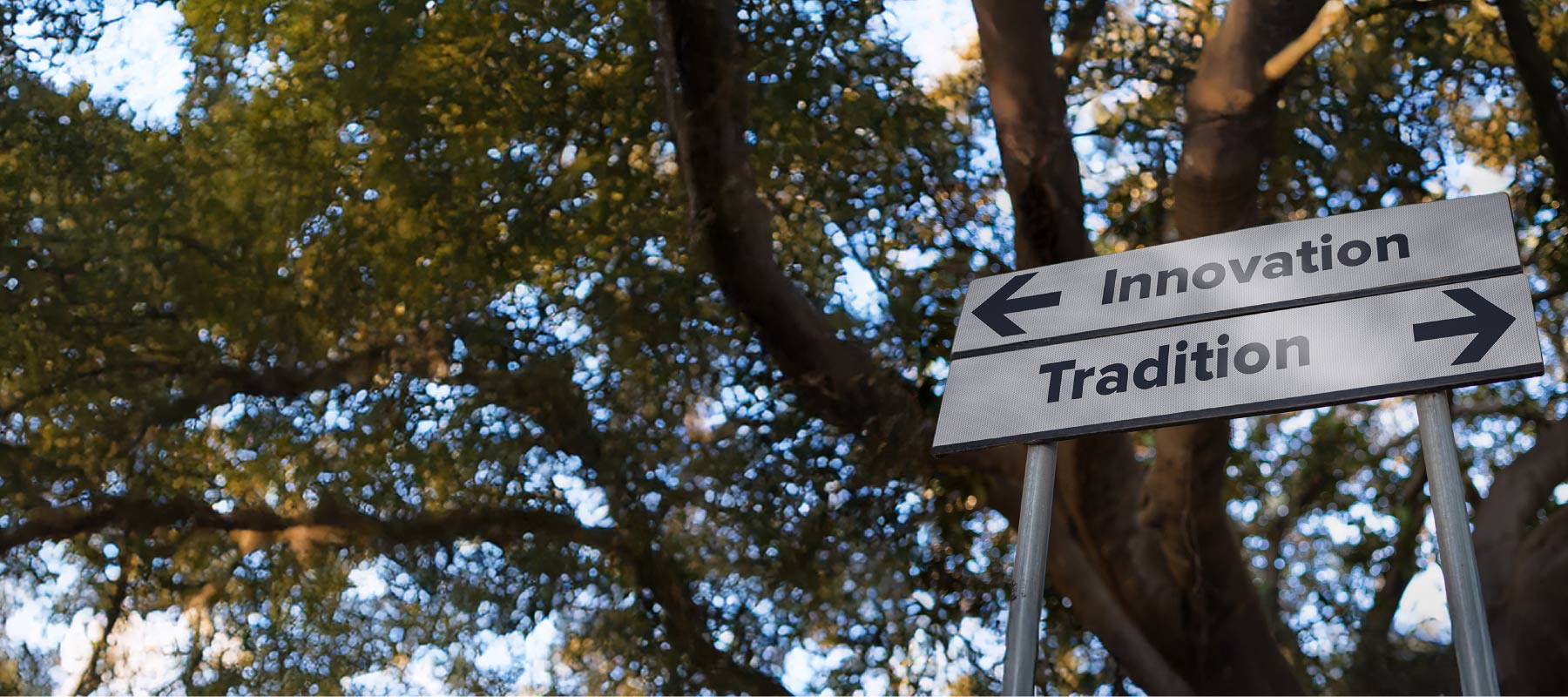
De Agostini: Transforming the business and the family
IMD recognized De Agostini Group, a third- to fifth-generation family enterprise, for its ability to evolve from a traditional publishing house to a global investment holding in just two decades. This required a complete transformation, including professionalization of both corporate and family governance and careful preparation of the next generation family members to become responsible owners.
De Agostini Group is headquartered in Novara and Milan, Italy, employs over 14,000 people worldwide and, in 2017, generated a turnover of about €4.8 billion. Established in 1901 by cartographer Giovanni De Agostini, the company was acquired almost 20 years later by partners Marco Adolfo Boroli and Cesare Angelo Rossi. In 1946, Marco’s two sons, Achille and Adolfo Boroli, consolidated De Agostini in the Boroli family’s hands. Today the business belongs to over 60 family shareholders, all direct descendants of Marco Adolfo Boroli, and mostly bearing the last names Boroli and Drago.
Business transformation: Globalization and diversification
For over 80 years, De Agostini operated in its original cartography, publishing, graphics and printing industries. In the late 1980s, third generation chairman and family leader Marco Drago took the company on a global expansion path through diversification, turning it into an international powerhouse with four major business sectors: publishing, media & communication, gaming & services, and finance.
The globalization journey began with the international expansion of the legacy publishing business, first to the UK and then to over 30 countries across the globe. An important milestone for De Agostini came in 1997 with its participation in the privatization of Seat Pagine Gialle (Yellow Pages). After a successful turnaround, it was sold to Telecom Italia in 2000 for an exceptional multiple. This liquidity event marked the beginning of the group’s rapid expansion, with De Agostini taking advantage of the windfall to venture into exciting new territories.
The first step was the 2002 public tender offer for Lottomatica, a leading Italian gaming and services company, in which De Agostini purchased a majority stake. A string of acquisitions followed. In 2003 De Agostini bought, from Fiat, a controlling stake in Toro Assicurazioni, which was floated on the Milan stock exchange in 2005. A year later, De Agostini sold its shares to Assicurazioni Generali. This second major liquidity event fueled De Agostini’s growth on the global scene. By 2018 De Agostini controlled 50.6% of IGT, the world’s leading gaming company listed on the New York stock exchange.
The journey into media and communication began in 2003 with the acquisition of a majority stake in Antena 3, one of Spain’s leading radio and TV networks. A series of acquisitions and mergers created Banijay Group, one of the largest independent companies globally in the production and distribution of content for television and multimedia platforms, which in 2017 operated in more than 16 countries and owned a library of over 20,000 hours of programming in various genres, such as reality and entertainment, talk and kids’ shows.
Starting in 2006, De Agostini added financial services to its portfolio via the acquisition of Cdb Web Tech and the creation of DeA Capital, active in private equity, alternative investments and real estate.
The development of De Agostini’s portfolio is a dynamic story of mergers, acquisitions, partnerships, rebranding and divestments. Between 1997 and 2018, De Agostini transformed itself from a traditional business active predominantly in publishing and printing into an investment holding company, through cumulative investments of €26.3 billion and divestments of €16.8 billion. A radical transformation of the family business in just 20 years!
Family transformation
The business transformation required equally fundamental changes to the family structure and governance. “It was expected that members of my generation would join the firm in executive roles”, explained Marco Drago, third generation family shareholder and chairman of De Agostini, “In the late 1990s, 15 out of 19 third generation members held managerial positions in the business”.
With the legacy publishing and printing businesses representing an ever-smaller percentage of the group’s turnover, it became critical to attract top caliber professional managers. As a result, family members relinquished managerial positions and assumed new roles as responsible owners.
Becoming responsible owners
Family members had to be educated for their new roles as responsible owners, often without operational responsibilities. A career services provided advice about opportunities within and outside the firm. “Most of the third-generation family members rationalized this need for change and ultimately accepted it,” noted Stefania Boroli, fourth generation family shareholder and Investment manager at DeA Capital Alternative Funds SGR S.p.A. Only two family members did not agree with this new vision and elected to sell their shares to other family members. Family unity and cohesion behind the new strategy is maintained thanks to annual get-togethers.
New corporate governance
A new corporate governance was put in place to support the vision. The family interest is represented by B&D Holding, whose board includes all four family branches as well as independent directors. Strong emphasis is placed on the autonomous management of the various portfolio businesses, with a central, coordinating role played by the De Agostini board, itself composed of family members, the non-family CEO and independent directors.
In 2006 Marco Drago split the chairman and the CEO role, retaining the chairman role and appointing the first non-family CEO. “It was time for me to walk the talk and to remove myself from operational roles,” he recalled. “A CEO from outside of the family is the best solution, as long as the CEO can also be fired easily by the family shareholders, if needed”, said Lorenzo Pellicioli, non-family CEO of De Agostini.
The next generation
Another critical factor for the family transformation was education and preparation of the next generation. A clear Charter of Values of De Agostini Group Shareholders was developed and published, and the De Agostini Academy was set up.
Comprehensive tools were put in place to address the concerns of the next generation, including clear employment policies and career services. Of 44 fourth generation members, only 5 worked in the business in 2018, having been selected by the Succession Implementation Committee. Selected high potentials could also be invited to participate in the Strategy Lab, an original forum to stimulate discussions and reflections around key strategic decisions and involving – in an informal setting – key executives, such as the chairman and CEO, top managers from companies unrelated to De Agostini and senior thought leaders.
The handover from the third to the fourth generation will soon be on the cards. It seems safe to assume that the family will maintain and even reinforce its long-standing commitment to the firm’s sustainability and to preparing the next generational transition.
Benoît Leleux is Stephan Schmidheiny Professor of Entrepreneurship and Finance at IMD.
Marta Widz is Family Business Research Fellow at IMD.
The IMD Global Family Business Award was created in 1996. The aim of the award, which provides a unique platform for sharing best practices and analyzing the evolution of the economic environment, is to promote family businesses by highlighting the exceptionally high performance standards they can achieve and the creative tools, processes and structures they can develop in that pursuit. The 2018 award ceremony took place during the 29th Annual Summit of the Family Business Network International (FBN-I) in Venice, Italy.
Research Information & Knowledge Hub for additional information on IMD publications

Family Enterprises resilience is tested as one family's struggle through multiple crises offers best practices for others facing challenges and uncertainty.
The case explores TBC Bank Group’s remarkable journey from a small Georgian bank to a regional leader in digital financial services across Central Asia. Founded in 1992 with just US$500 in initial capital, TBC evolved into Georgia’s largest financ...
The case examines the entrepreneur-led carve out and buyout of dss+, DuPont’s safety and sustainability consulting division, by Gyrus Capital and dss+ management team. dss+ (formerly “DuPont Sustainable Solutions”) played a pivotal role in high-ri...

Leaders of family firms are struggling with multiple role identities, and poor board management is putting the future of family enterprises at risk.
This study investigates whether male and female entrepreneurs exhibit systematic differences in the customer learning actions they pursue, and how those actions convert to venture performance. Drawing from a dyadic sample of founders and startup a...

Tolaram’s Mohan Vaswani and Sajen Aswani on how the family enterprise has achieved success across four generations, three continents, and 75 years.
Jess Chua was a leading scholar in the field of family business and a major contributor to Entrepreneurship Theory and Practice both as an author and editor. His significant contributions to the field were acknowledged by the Web of Science, which...

Taking tangible next steps from the success of a 70-year-old craft firm and applying transferable advice to family businesses across every sector.

The implications of generative AI for ‘knowledge’ work are more profound than many of us might think. Organizations need to wake up.

Just as individuals can reap big benefits from kicking bad habits, businesses must consider scrapping old habits, processes, and ways of thinking to reinvent themselves and stay relevant. Here are five "LIFTS" to help leaders do it.
Research Information & Knowledge Hub for additional information on IMD publications
Research Information & Knowledge Hub for additional information on IMD publications
Case reference: IMD-7-2639 ©2025
Research Information & Knowledge Hub for additional information on IMD publications
Research Information & Knowledge Hub for additional information on IMD publications
in Entrepreneurship Theory and Practice 14 February 2025, ePub before print, https://doi.org/10.1177/10422587241311119
Research Information & Knowledge Hub for additional information on IMD publications
Research Information & Knowledge Hub for additional information on IMD publications
in Entrepreneurship Theory and Practice 5 February 2025, ePub before print, https://doi.org/10.1177/10422587251315653
Research Information & Knowledge Hub for additional information on IMD publications
Research Information & Knowledge Hub for additional information on IMD publications
Research Information & Knowledge Hub for additional information on IMD publications
in I by IMD Brain Circuits 24 January 2025
Research Information & Knowledge Hub for additional information on IMD publications

